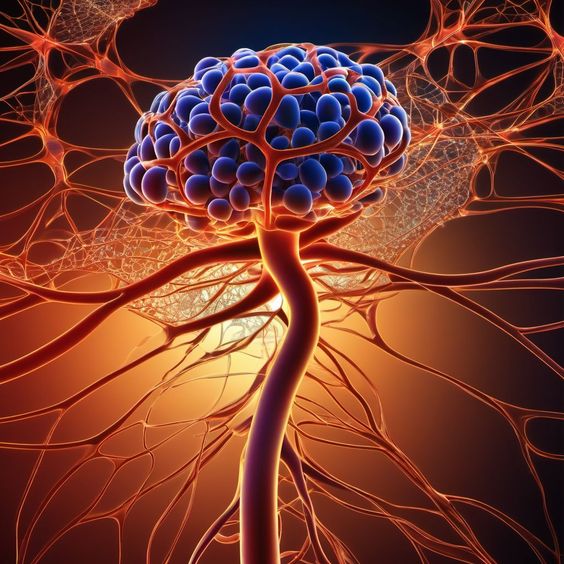Understanding Dystonia
Dystonia is a neurological movement disorder characterized by involuntary muscle contractions that cause repetitive or twisting movements and abnormal postures. These movements can affect any part of the body, including the arms, legs, trunk, neck, eyelids, and face. Dystonia can range from mild and occasional to severe and disabling, significantly impacting a person's quality of life.

The exact cause of dystonia is often unknown, but it is believed to involve dysfunction in the basal ganglia, a part of the brain responsible for controlling movement. Factors that may contribute to dystonia include genetics, brain injury, stroke, infections, and certain medications.
Symptoms and Types of Dystonia
Symptoms of dystonia vary widely depending on the type and severity of the condition. Common symptoms include:
- Muscle spasms and contractions: Involuntary, often painful muscle contractions causing twisting and repetitive movements.
- Abnormal postures: Unusual and distorted body positions due to sustained muscle contractions.
- Tremors: Shaking or trembling movements that may accompany other dystonia symptoms.
Dystonia is classified into different types based on the affected body parts:
- Generalized dystonia: Affects most or all of the body.
- Focal dystonia: Affects a specific body part, such as the neck (cervical dystonia), eyelids (blepharospasm), or hand (writer's cramp).
- Segmental dystonia: Affects two or more adjacent body parts.
Living with Dystonia
Managing dystonia often involves a multidisciplinary approach that may include:
- Medications: Muscle relaxants, anticholinergics, and other medications can help reduce muscle spasms and improve symptoms.
- Botulinum toxin injections: Injections of botulinum toxin (Botox) can temporarily block nerve signals, reducing muscle contractions and improving movement.
- Physical therapy: Targeted exercises and stretches can help improve muscle strength, flexibility, and coordination.
- Occupational therapy: Adaptive techniques and assistive devices can help individuals with dystonia perform daily tasks more easily.
- Support groups: Connecting with others living with dystonia can provide emotional support and practical advice.
Living with dystonia can be challenging, but with the right treatment and support, individuals can manage their symptoms and improve their quality of life.

.jpg)